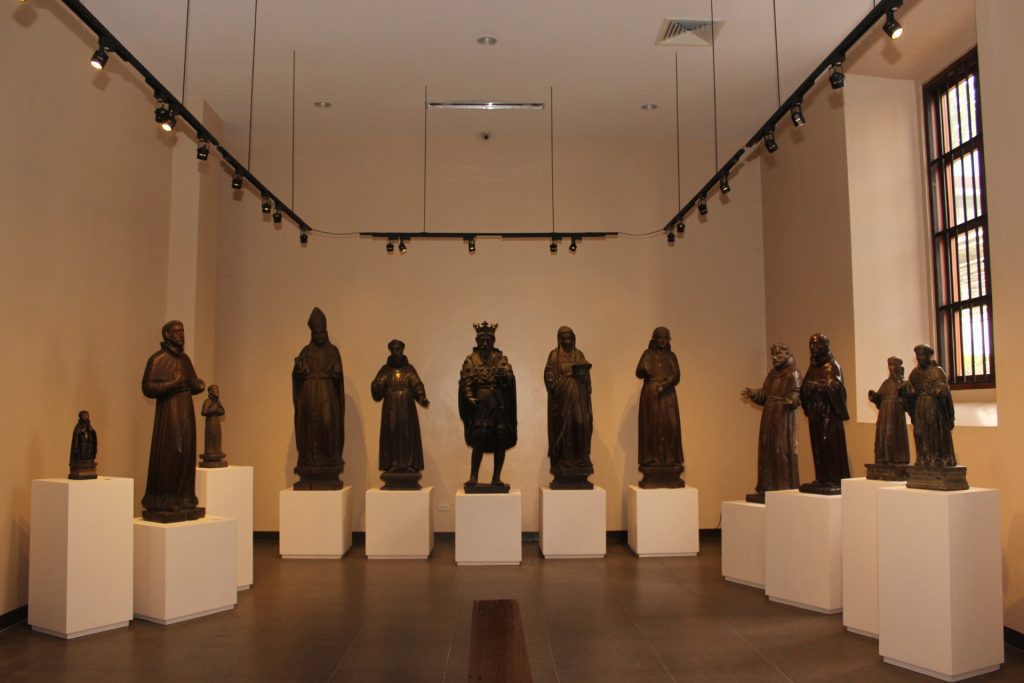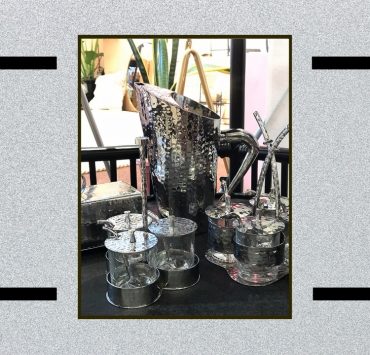The famous walled city of Manila, which is already bursting with historical sites, has a new museum—and it’s built by the Intramuros Administration (IA) from the ruins of the San Ignacio Church. (READ Ruins of San Ignacio Church in Intramuros now a museum)
Located at the corner of Calle Arzobispo, Museo de Intramuros is open to the public with free admission starting May 2, from 9 a.m. to 5 p.m. It was originally slated to open today, Apr. 30, but IA administrator Guiller Asido told Nolisoli.ph that they decided to move it in time for the National Heritage Month.
“The pieces [exhibited] are properly preserved, protected, and conserved. It aims to highlight and resolve Filipino artistry and art craftsmanship in the merging of the indigenous and the foreign,” Asido said.
During the opening, Department of Tourism Secretary Berna Romulo-Puyat, who worked with IA in establishing the museum, added that the collection will continue to evolve over time. “When we view the collection, which is only 30 percent of [IA’s] collections since they will be changing it every six months, we should see it not just objects of colonial art but as a mirror to the Filipino soul and craftsmanship.”
The facade of the three-story Museo de Intramuros takes cues from the architectural style prevalent in the area, blending well with the churches as if it’s not new. It’s also somehow similar to the ancestral houses of Filipinos with steep stairs and tall wooden arched doors complementing the likewise arched windows.
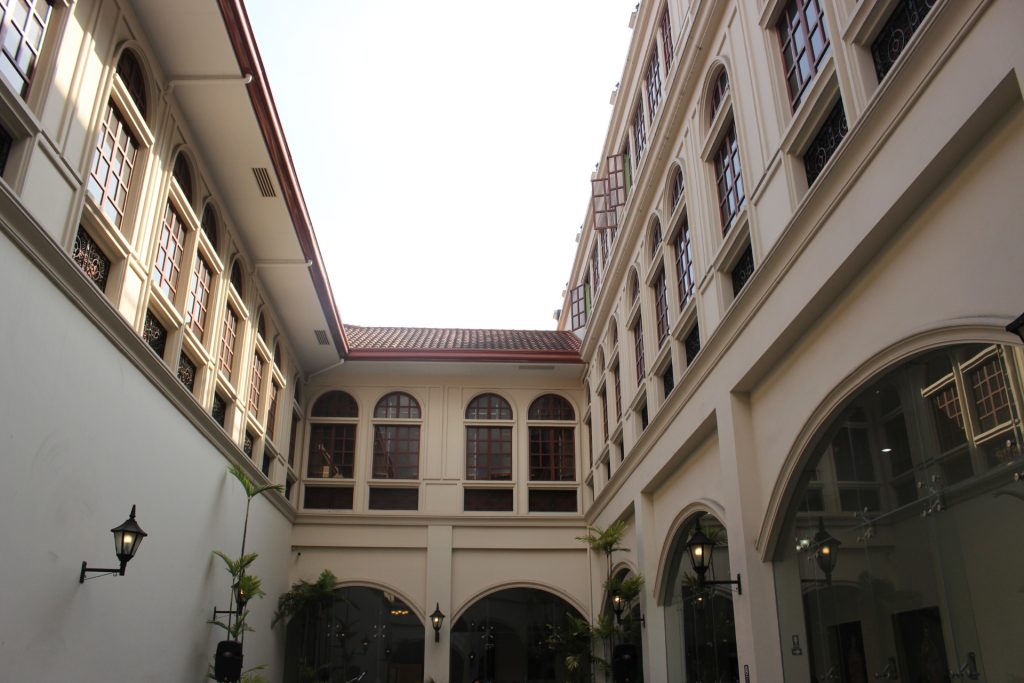
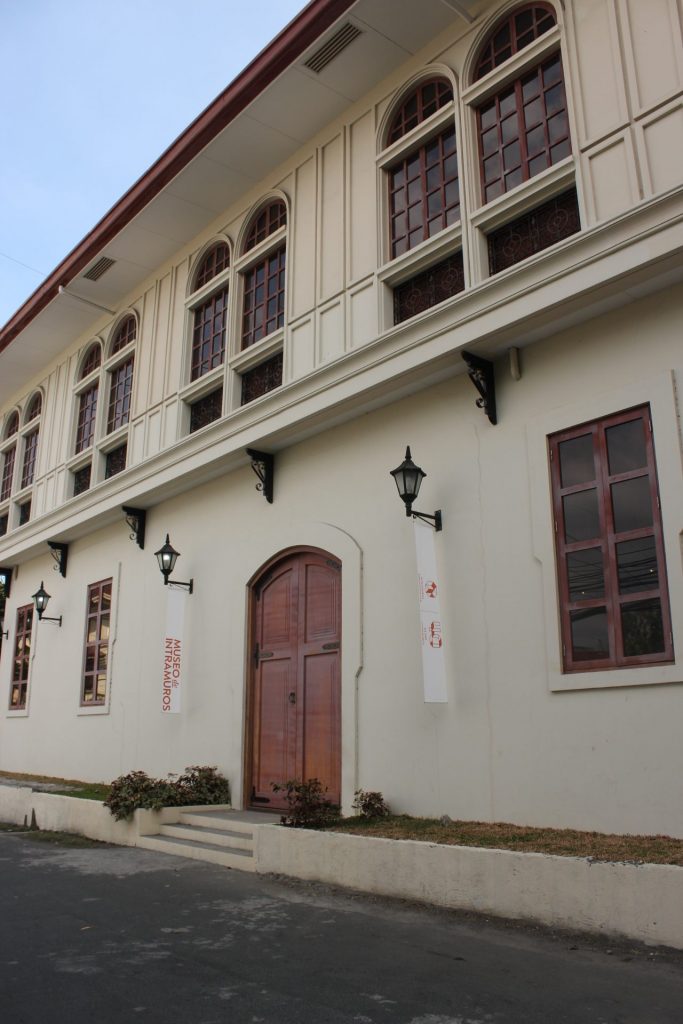
Inside, every corner is filled with ecclesiastical structures and paintings that can be traced back to the 17th century. Since the administration has yet to finish tracing the period of the artifacts as well as its names and origins, the IA decided to group the pieces according to their depicted religious images and medium.
Ground Floor
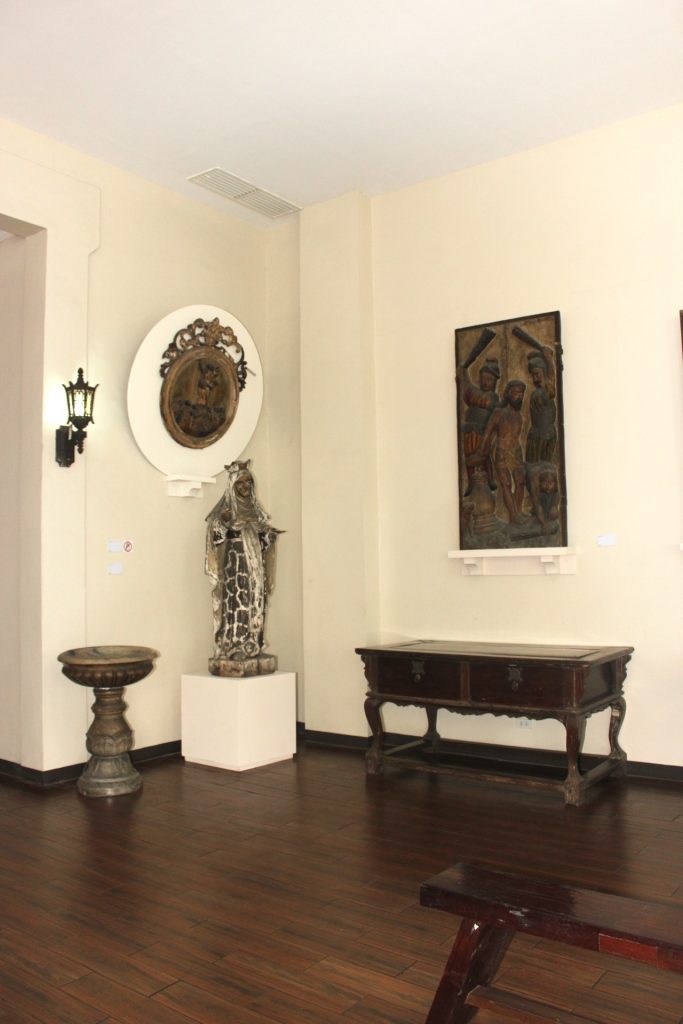
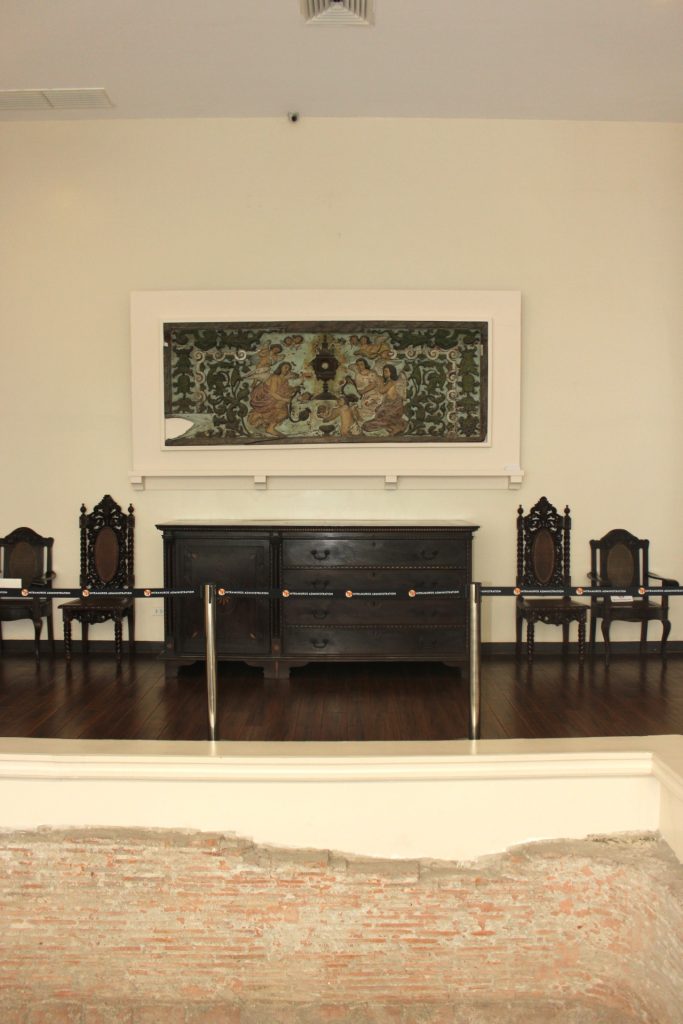
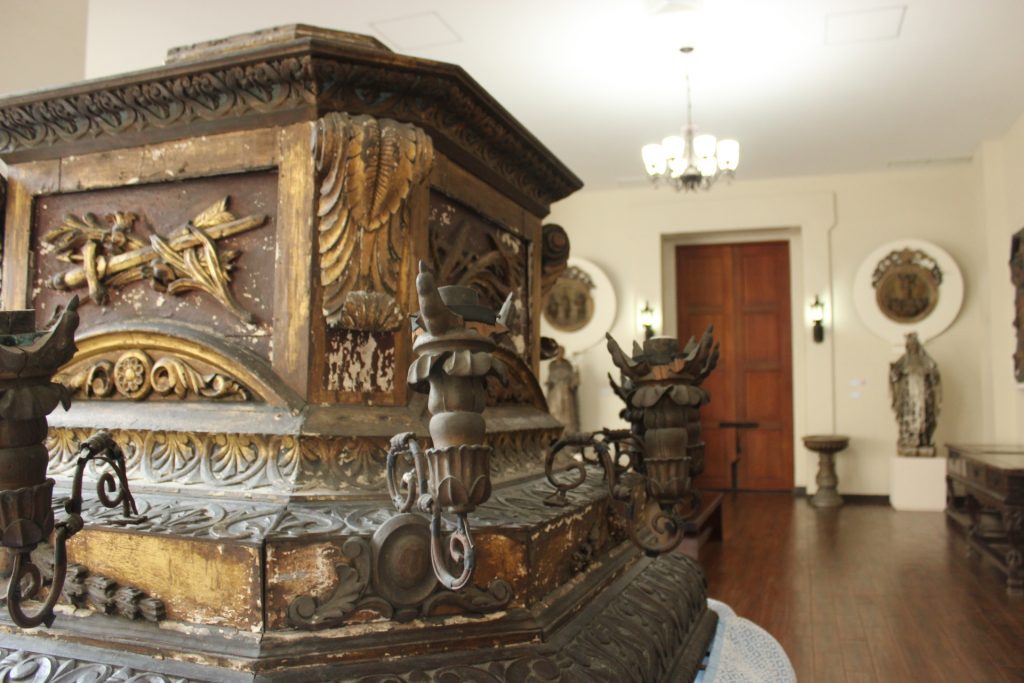
Greeting you upon entrance to the museum is a karosa or carriage used by Christians and Catholics to parade sculptures of saints during feasts. While there is no specific period when this huge carriage was found, it was believed to be within 19th to early 20th century because of the use of both metal (for the ornaments) and wood (for the main body).
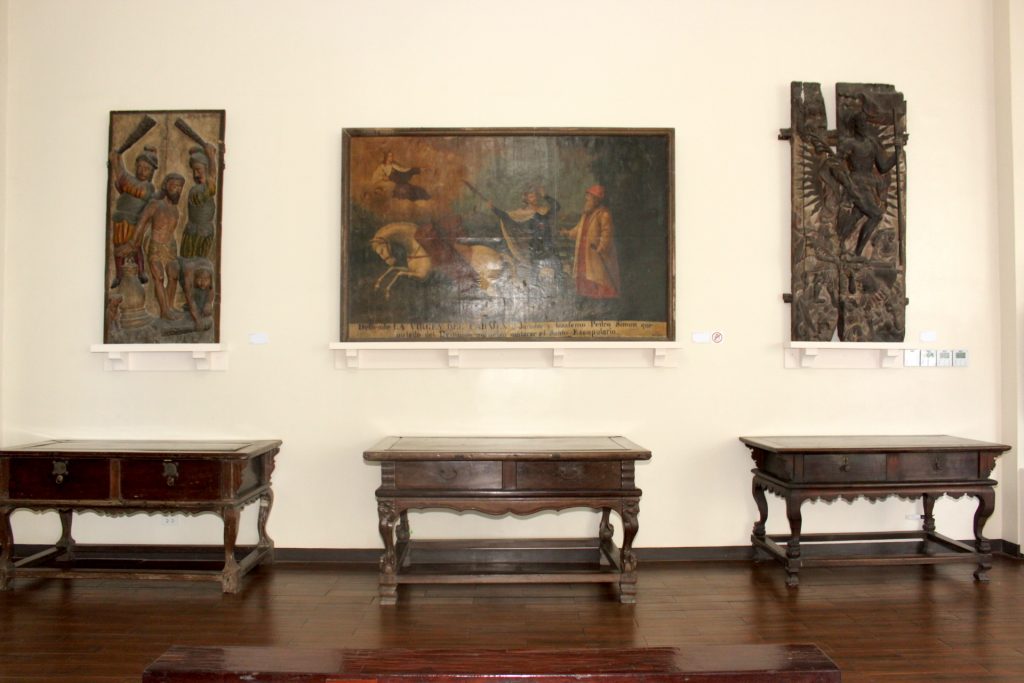
Wooden oil paintings and reliefs of the miracle of Our Lady at Mt. Carmel and the flagelation and resurrection of Christ is displayed on the large wall which you will immediately spot at the entrance lobby or the “Temporary Gallery.” It was called that to inform guests that the structures presented here might be replaced by other collections of the IA in the coming months.
Two hallways can be seen at the right side of the gallery: one is the Library which encloses the Patronato Real and the Establishment of Parishes exhibit while the other is the Immaculate Concepcion exhibit.
Patronato Real exhibit
The title Patronato Real refers to the Royal Certificate of Patronage in the Indies which was issued during the Spanish colonization to indicate that the churches, cathedrals, convents, and hospitals constructed all fell under royal authorization. The images depicted in this exhibit may have been collected from the institutions under the Royal Certificate.
The Immaculate Concepcion exhibit
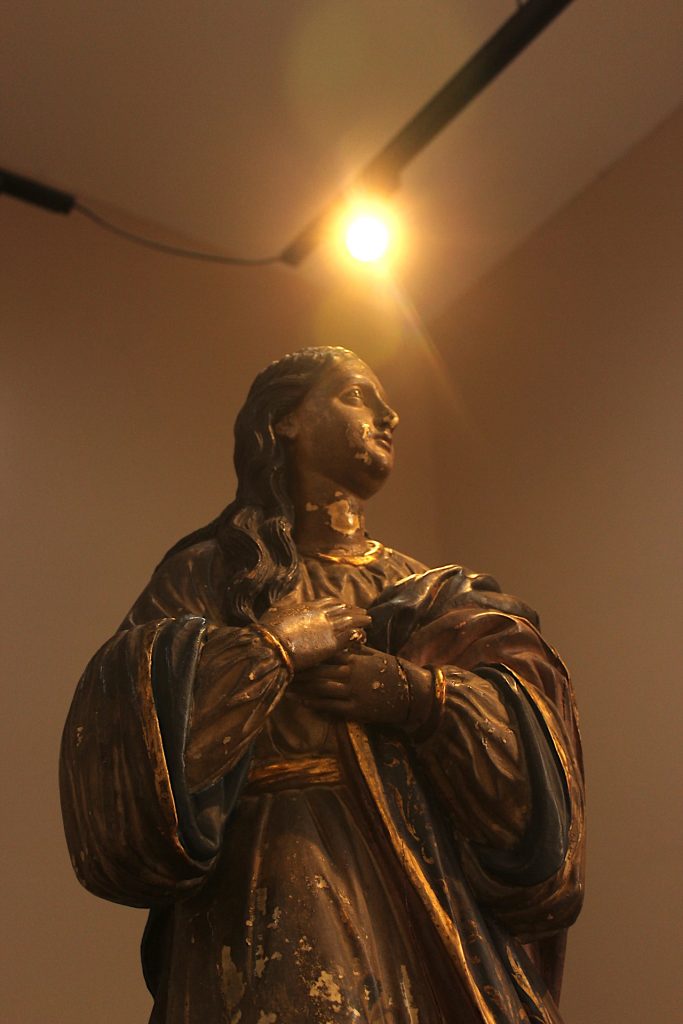
Six different depictions of the image of the Immaculate Concepcion occupy the Auditorium area of the museum. All of them show Our Lady with one foot on a snake and hands clasped on her chest.
The Mission House area or Temporary Galleries
This area is not exactly called the Mission House but it used to be the part of the San Ignacio Church where missionaries lived. It’s part of the Temporary Gallery, which faces the courtyard.
There are two actual remains of the San Ignacio Church ruins in these galleries. One is the water storage which shows a dry and brick-made sunken area with a hole at the center, while the other one is a partially wet, “unexplored part of the complex of San Ignacio,” as a tour guide of the museum told us. “It is kept like that and not covered up to make way for further archaeological excavations. It could be a tunnel or a water reservoir.”
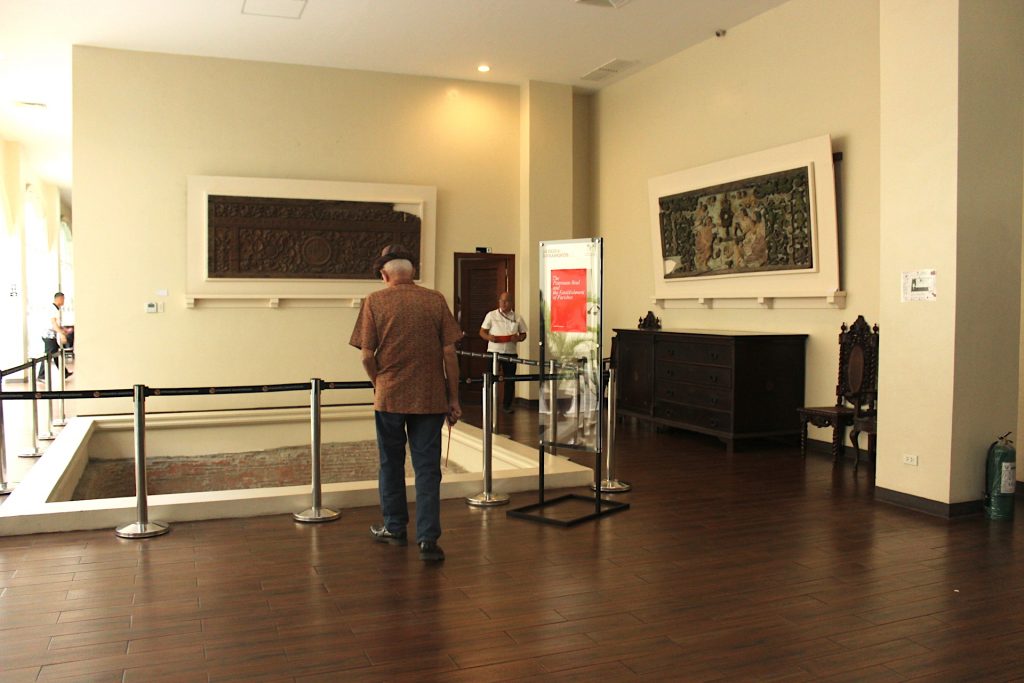
Also displayed are parts of the retablo or altarpieces obtained from other churches that have bit the dust as well as more wooden reliefs.
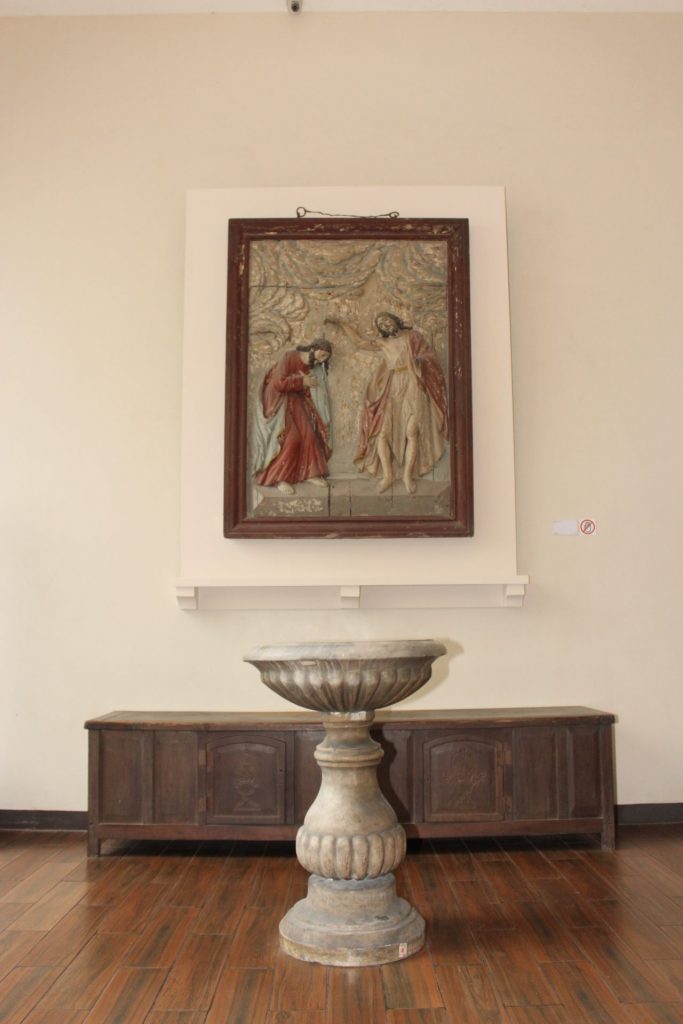
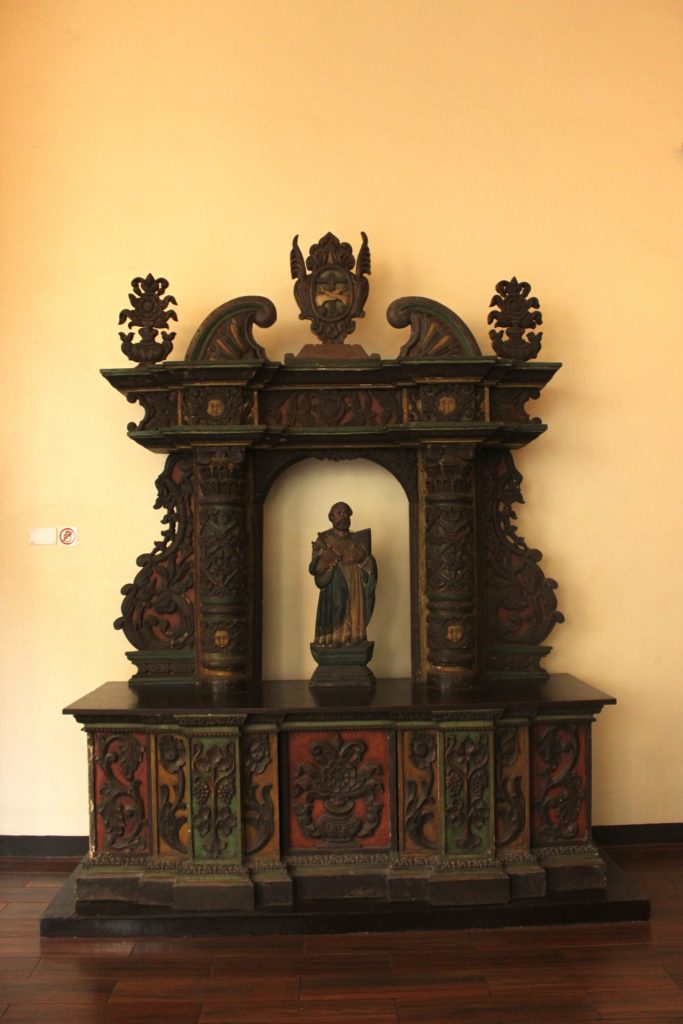
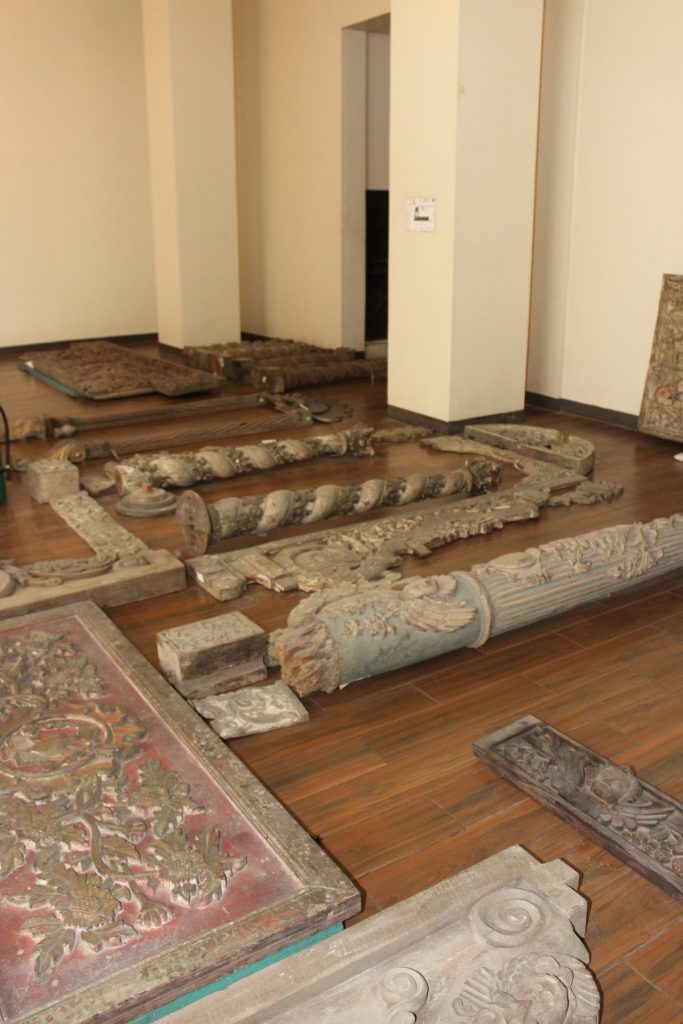
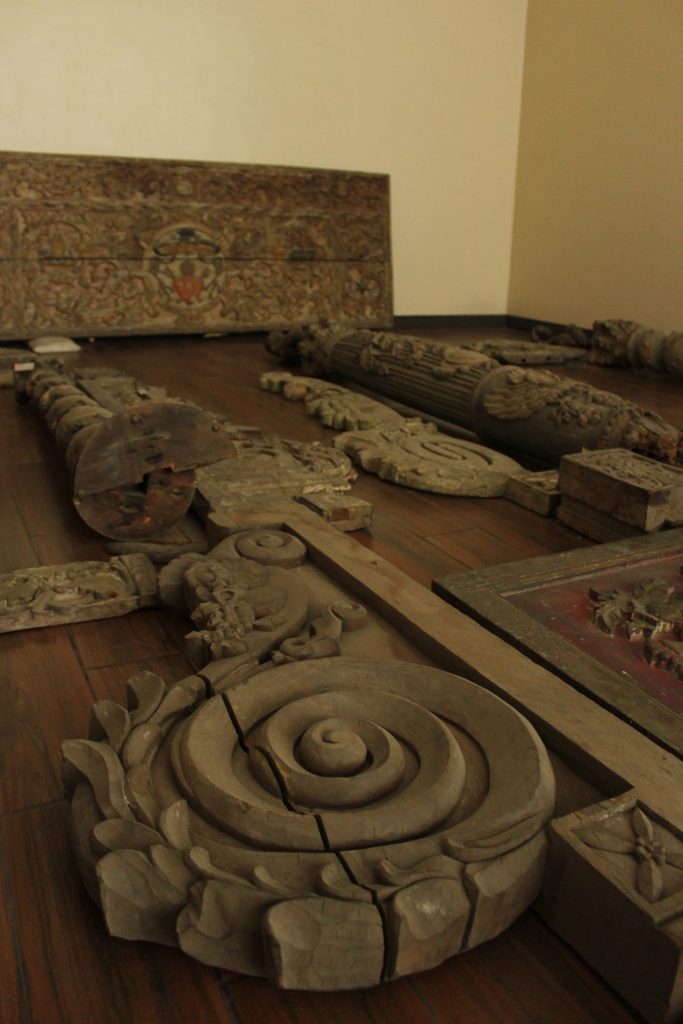
Second Floor
Religious Colonial Paintings
The first artworks that you’ll spot once you have ascended the steep wooden stairs are the religious paintings made by Filipino artisans. According to the IA, these paintings may be classified as “instructional, devotional, or attendant.” They added that these representations may be rooted on the “distinct preferences of the Philippine colonial community in its choice of devotion.”
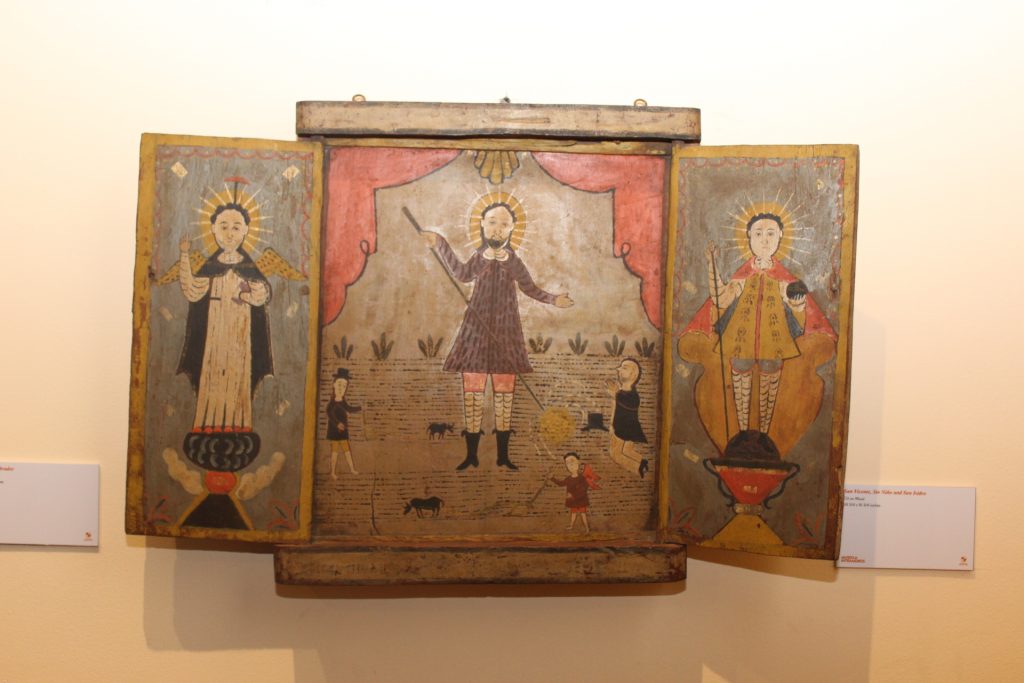
Sacred Vessels
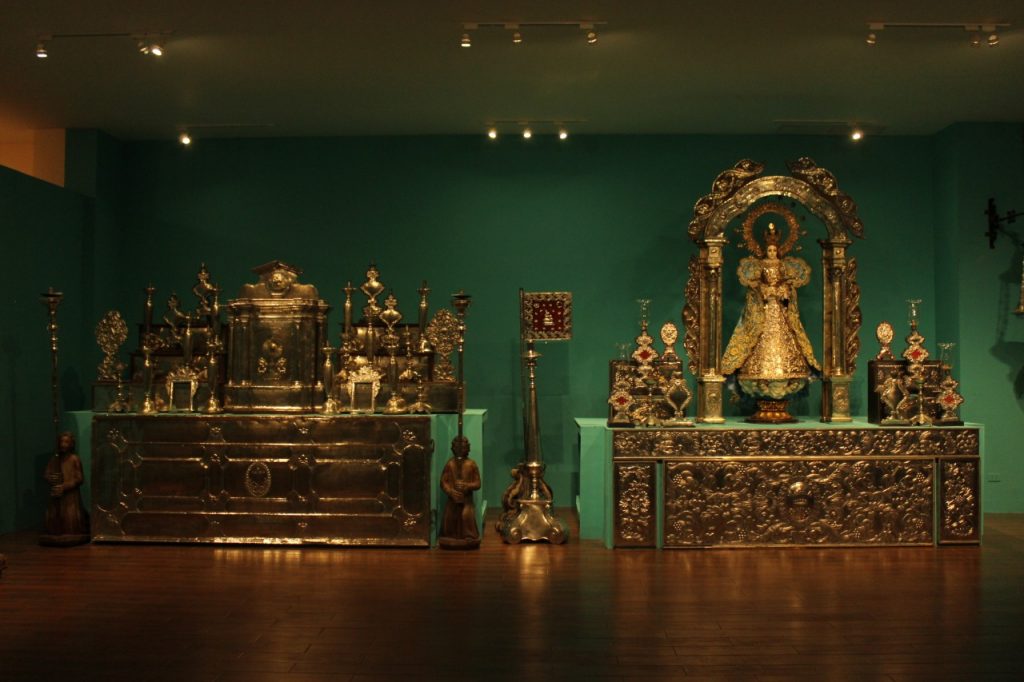
The IA was also able to put up a complete set of the cabernacle using the different artifacts gathered separately all over the country. These did not come from one retablo only. If you’ll look closely the two are actually different, despite being similar in material or finish.
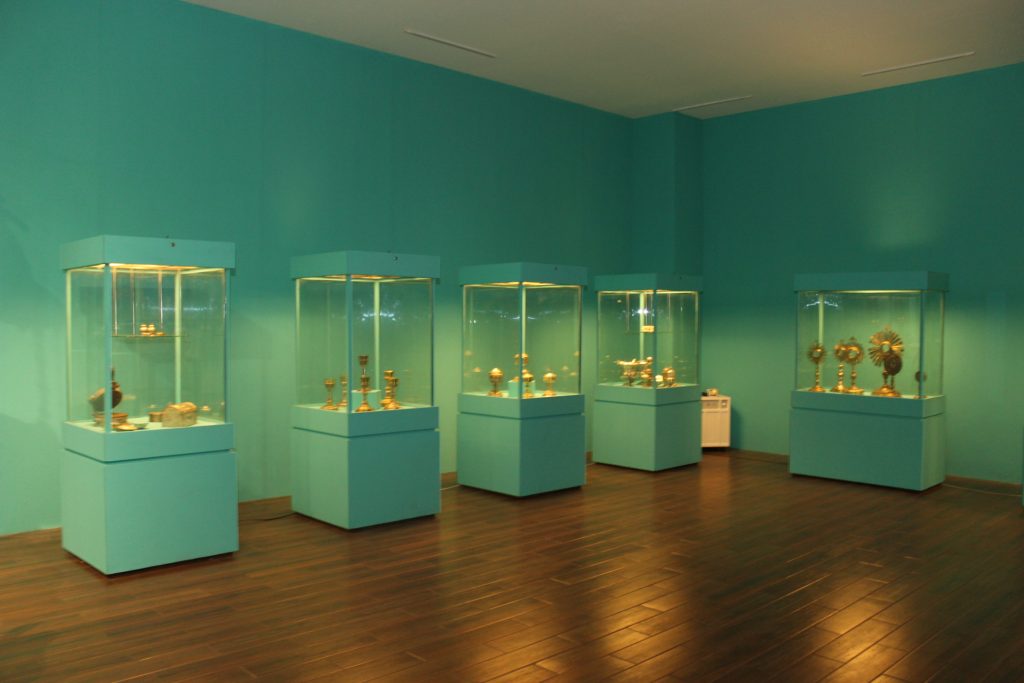
The Indio Response exhibit
Showcased in this part, which is at the end of the second floor, are life-size and miniature sculptures of saints. Along with them are urna or the “houses” built by worshippers for their saint statues.


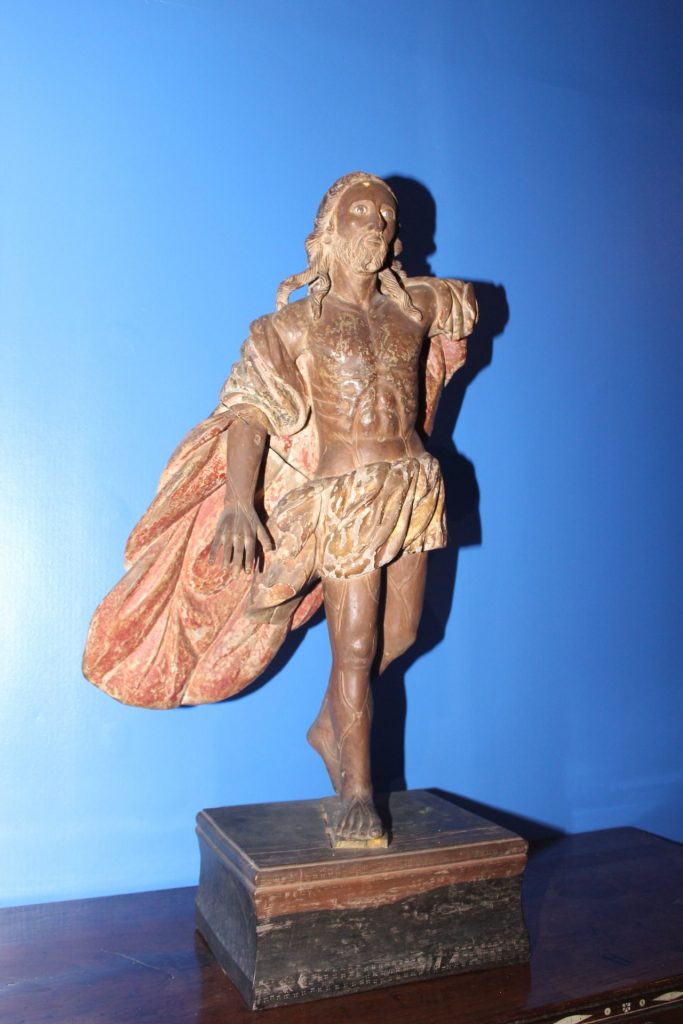
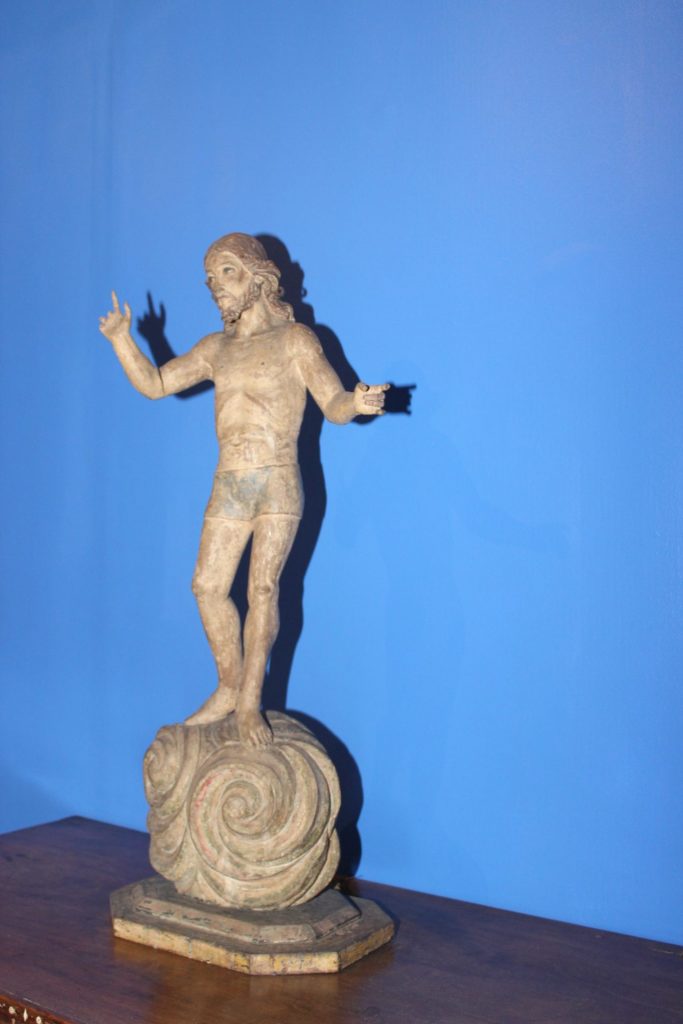
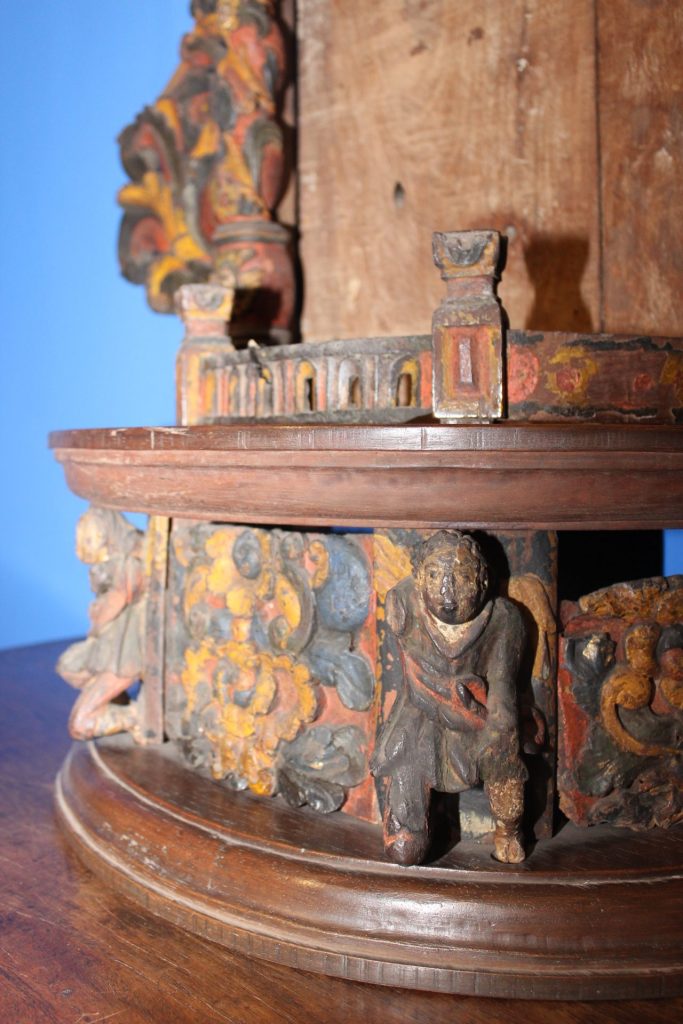
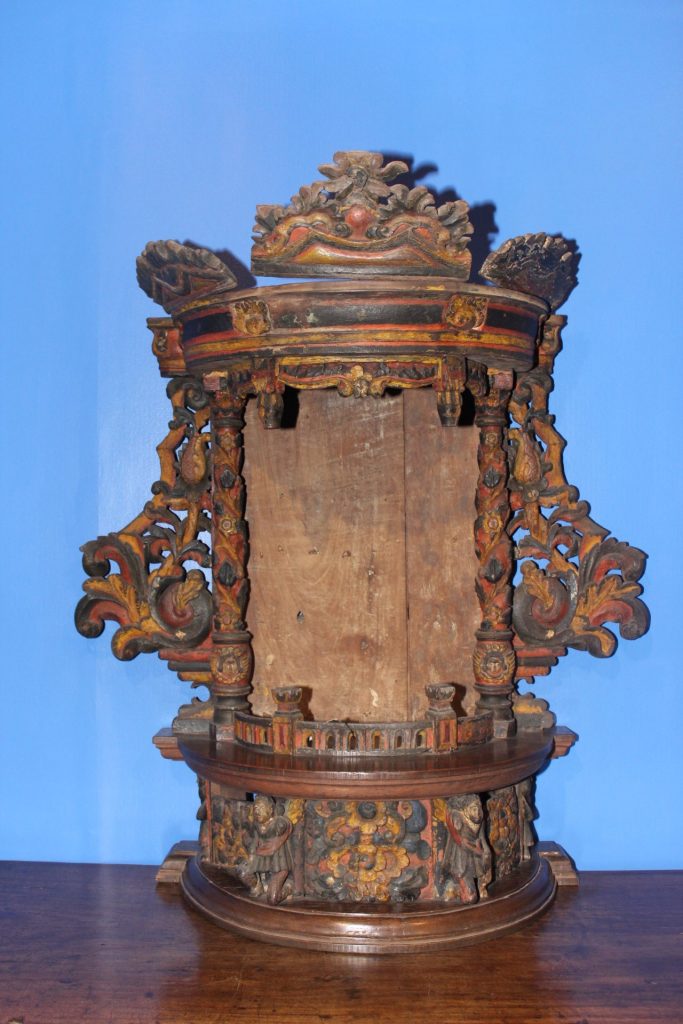
Most of the urna artifacts displayed are multicolored. History says this, along with intricate carvings and other ornaments, is one of the devotees’ ways of giving honor to the displayed saint.
Third Floor
On the museum’s topmost floor are replicas of the city’s heritage churches and a photo exhibit of Intramuros’ history.
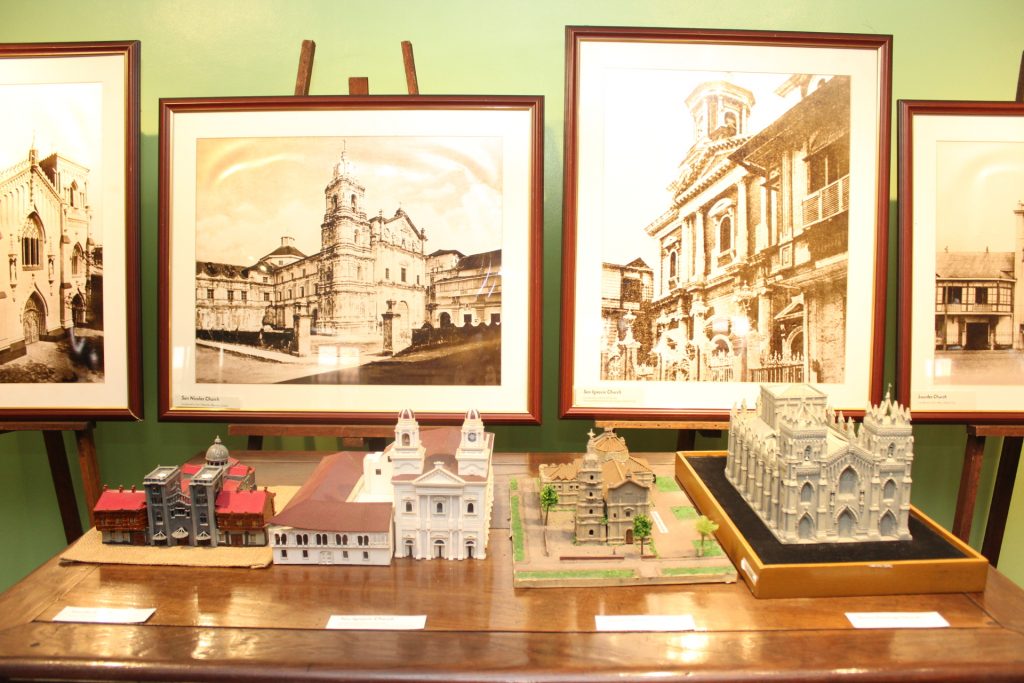
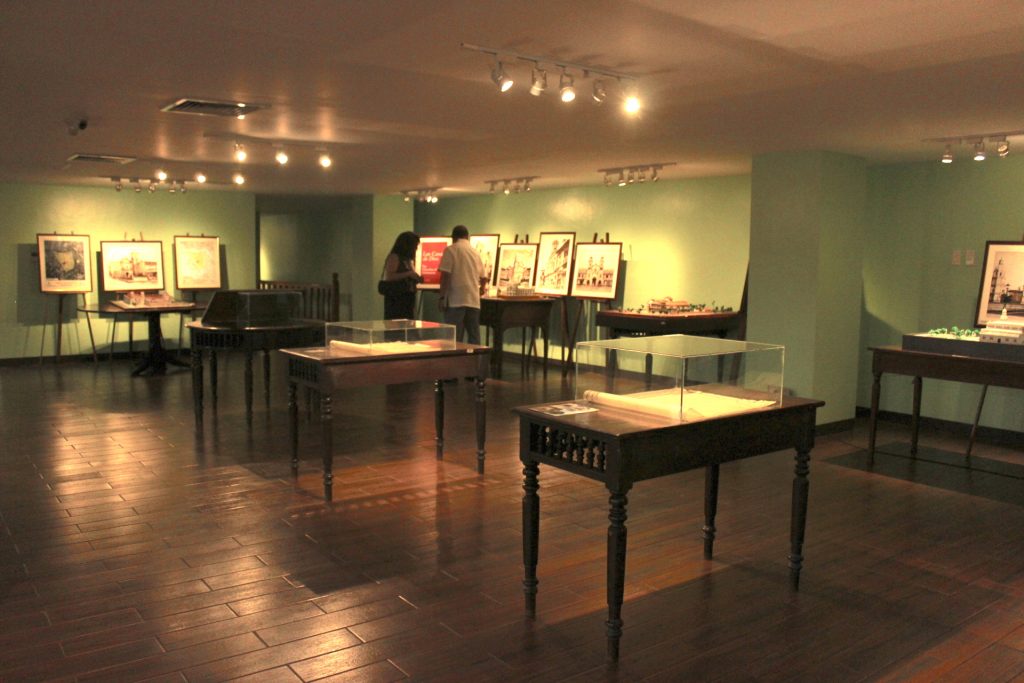
The windows on this floor aren’t always open, but if they are, don’t miss out taking a peek. It would give you an overview of the whole Museo de Intramuros complex which, overall, is an artwork itself.
Get more stories like this by subscribing to our newsletter here.
Read more:
More than 20 heritage churches in Pampanga damaged by earthquake
Torre de Manila Part 2? Another high-rise threatens Manila’s heritage sites
Construction of Binondo-Intramuros bridge threatens heritage sites in Manila
Read more by Amierielle Anne Bulan:
National Museum now displays Jose P. Alcantara’s 50-feet relief sculpture
Centuries-old cemetery in La Union was demolished to make way for a cockpit arena
What most Filipinos should know about Sinulog, according to Cebuanos
Writer: AMIERIELLE ANNE BULAN
PHOTOGRAPHY MELANIE CHANG



